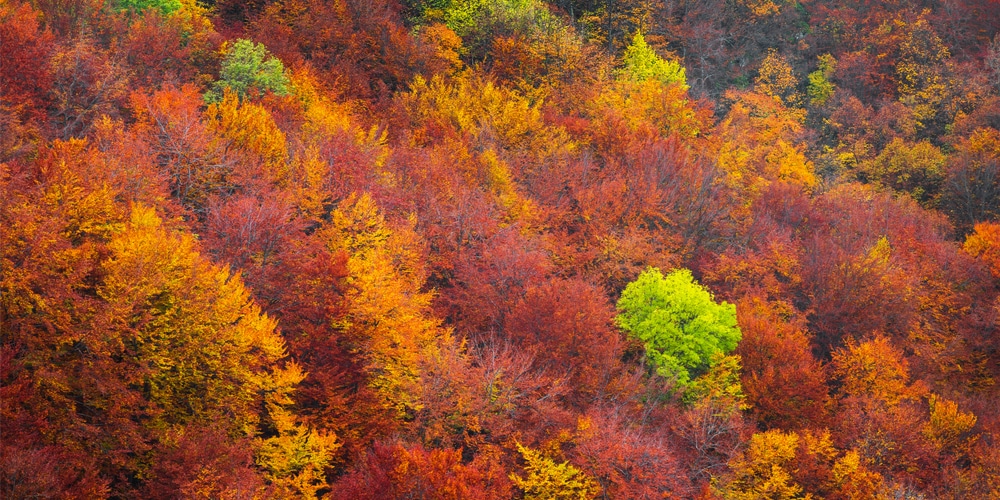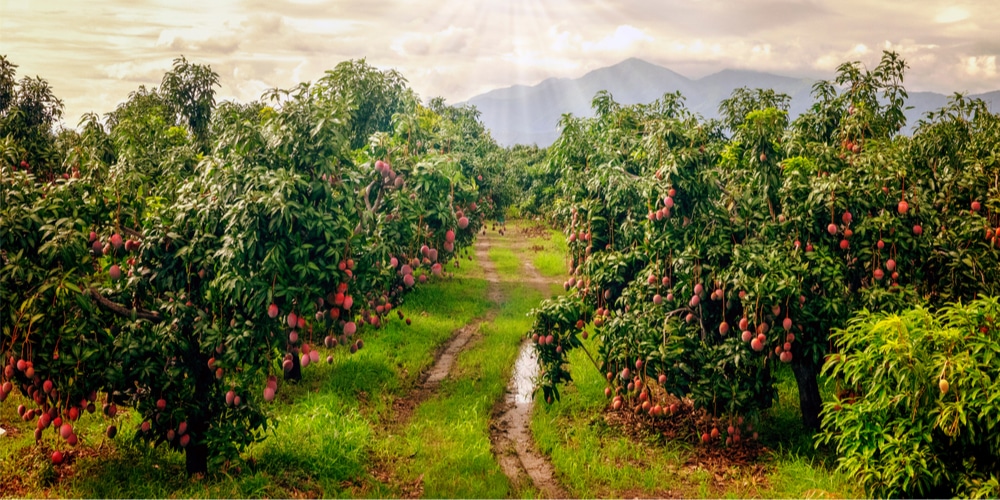What is a Deciduous Tree?
Deciduous trees drop their leaves, usually in the fall. While some trees are obviously deciduous in nature, with other trees, it’s hard to tell. Is mango a deciduous tree? Mango trees are tropical and grow in hot climates; they are evergreens and don’t drop their leaves in fall. However, they can be described as deciduous. Mango trees create a lot of leaf litter and lose their leaves due to the weather, changing seasons, tree ailments, and soil quality.
Mango trees are unique and are vulnerable to their growing environment. They are affected by weather conditions, the location they’re planted, and how well they are cared for. If you have mango trees in your yard that are losing their leaves, you may be wondering whether the species is a deciduous tree. This article will answer the question, ‘is mango a deciduous tree?’
Is mango a deciduous tree?
Some trees are highly deciduous, while others like the mango only drop their leaves periodically or during a specific season. Mango trees are slow-growing and take many years to grow to maturity. When fully grown, a mango tree has a large symmetrical canopy with lots of green foliage. Mango trees are botanically classified as being evergreen, which means that their leaves won’t turn orange or yellow and drop in the fall as many trees do.
Mango trees will drop their leaves periodically throughout the year, and you may find that there’s a pile of fallen foliage under the tree. Often fruit will also drop if you don’t pick it before it becomes too ripe.
Mango is not considered to be citrus; rather it’s a tropical fruit.
Mangos have unique evergreen leaves which grow between six and sixteen inches long. They are oblong-shaped, leathery to the touch, and alternately arranged on the tree’s branches. Young leaves are often reddish, light amber, pink, or yellowish in color, and leaves darken as they age. Mature leaves usually have a dark green topside that is glossy and a duller underside that’s lighter green. The leaves also have a very distinctive midrib and fine horizontal vines. Mango tree leaves grow in clusters and create a dense canopy.
The mango fr
Can you prevent mango trees from dropping their leaves?
When well cared for and grown in the correct conditions, mango trees will lose fewer leaves. Once a mango leaf dies, it will fall off, but leaves can live up to five years.
Mango trees are tropical and should be grown in free-frost climates if they are to thrive. When choosing where to plant a mango tree, you’ll need to consider its mature size as mango trees do get very large. Also, don’t plant trees too close together or too close to your house or outbuildings. Mangos tree’s branches and roots can damage your property’s structure and affect powerlines.
While mango roots aren’t considered invasive, it’s best not to grow these trees too close to building as the trees can cause damage. Other plants or buildings can also hinder the mango trees growth.
Mango trees also require good air circulation to thrive and minimize leaf loss. If you live in a coastal area where the wind is often strong, or there are regular storms, you can build a windbreak to protect your tree.
Often when a mango tree drops its leaves, this isn’t a problem, as long as the tree doesn’t start looking bald. Leaves, rotting fruit, and other debris can be used to fertilize the tree or can be added to your compost pile and used to provide nutrients for other plants.
Mango trees are native to the Indian sub-continent and prefer to grow in sunny, tropical locations. However, too much heat can be bad for a mango tree and cause them to lose its leaves.
If you have a mango tree with leaves dropping, you should check out our full guide: Why is My Mango Tree Losing Leaves?
Conclusion
Mangos are deciduous trees along with other varieties of fruit trees such as apple, pear, and peach. TheThe tree all drop their leaves due to different circumstances that are generally brought on by natural factors such as the weather, nutrients in the soil, or climate.
Mangos are evergreen and don’t drop all their leaves in the fall as some other trees do. However, they can still be described as deciduous as they often create a lot of leaf litter.


